Orangestriped squeaker - Synodontis flavitaeniatus
Scientific name: Synodontis flavitaeniatus
Common name: Orangestriped squeaker
Family: Mochokidae
Usual size in fish tanks: 15 - 19 cm (5.91 - 7.48 inch)
014
Recommended pH range: 6.6 - 7.7
Recommended water hardness: 4 - 21°N (71.43 - 375ppm)
0°C 32°F30°C 86°F
Recommended temperature range: 24 - 27 °C (75.2 - 80.6°F)
The way how these fish reproduce: Spawning
Where the species comes from: Africa
Temperament to its own species: peaceful
Temperament toward other fish species: peaceful
Usual place in the tank: Bottom levels
Short description
The Orangestriped squeaker (Synodontis flavitaeniatus) is a beautifully patterned Central African upside-down catfish. It is generally peaceful and nocturnal, spending days in caves and emerging at dusk to forage. Name “squeaker” refers to the audible sounds produced by rubbing the pectoral spines in the fin sockets. Provide multiple tight hides—each fish will claim one.
Origin
Africa – primarily the middle Congo (Zaire) Basin in the Democratic Republic of the Congo and neighboring Congo Republic; slow to moderate-flowing rivers and tributaries with wood, stones, and leaf litter.
Food and feeding
An omnivorous benthic forager. Offer sinking catfish pellets/wafers as the staple and rotate frozen/live items (bloodworms, blackworms, brine shrimp, chopped shrimp) plus some vegetable matter (spirulina wafers, blanched zucchini). Feed mainly at lights-out so shy individuals get their share; spot-feed near their caves if needed.
Sexing
Females are typically fuller-bodied when gravid; males may appear slimmer with slightly more developed odontodes. External sexing is not always reliable without venting.
Breeding
Captive breeding in home aquaria is rare. In nature and aquaculture they are egg scatterers; commercial breeding has been reported with hormonal induction. If attempting at home, provide soft, clean water, fine caves/pipe clusters, and diffuse current—but be prepared for low success without professional techniques.
Lifespan
Commonly 8–12 years with good care; longer is possible.
Behavior & compatibility
Peaceful toward other species of similar size; may squabble with conspecifics over caves. Keep in a small group (3–6) if the tank has many hides and broken sightlines; otherwise, singletons can be shy. Safe with most community cichlids, Congo tetras, rainbowfish, and other medium catfish. Avoid fin-nippers and very small fish that feed at night and could be outcompeted.
Tank requirements
- Tank size: 200 L for a group; ample floor space is more important than height.
- Aquascape: sand or rounded gravel; lots of caves/pipes/driftwood; leaf litter optional.
- Water: pH 6.6–7.7; soft to moderately hard; temperature 24–27 °C is a sweet spot.
- Flow & filtration: moderate current and robust filtration; keep nitrate low with regular water changes.
- Lighting: subdued; add floating plants or shaded zones to encourage natural foraging at dusk.
Care notes
Handle with care—pectoral and dorsal spines can snag nets. Use a container/bag rather than lifting in a fine mesh net.
Pictures
Bought by aqua-fish.net from jjphoto.dk.
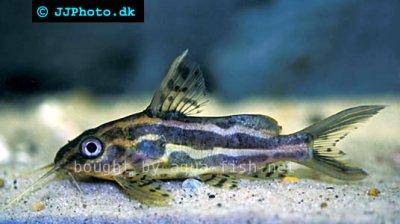




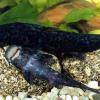 Euchilichthys
Euchilichthys 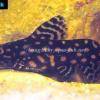 Angel
Angel 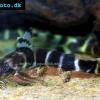 Brichard’s
Brichard’s 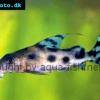 Decorated
Decorated 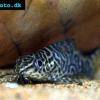 Featherfin
Featherfin 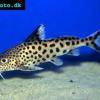 Cuckoo
Cuckoo 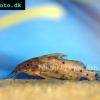 Lace
Lace 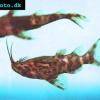 Upside-down
Upside-down 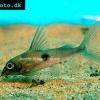 One
One 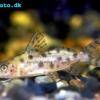 Ocellated
Ocellated 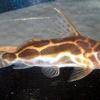 Robert’s
Robert’s